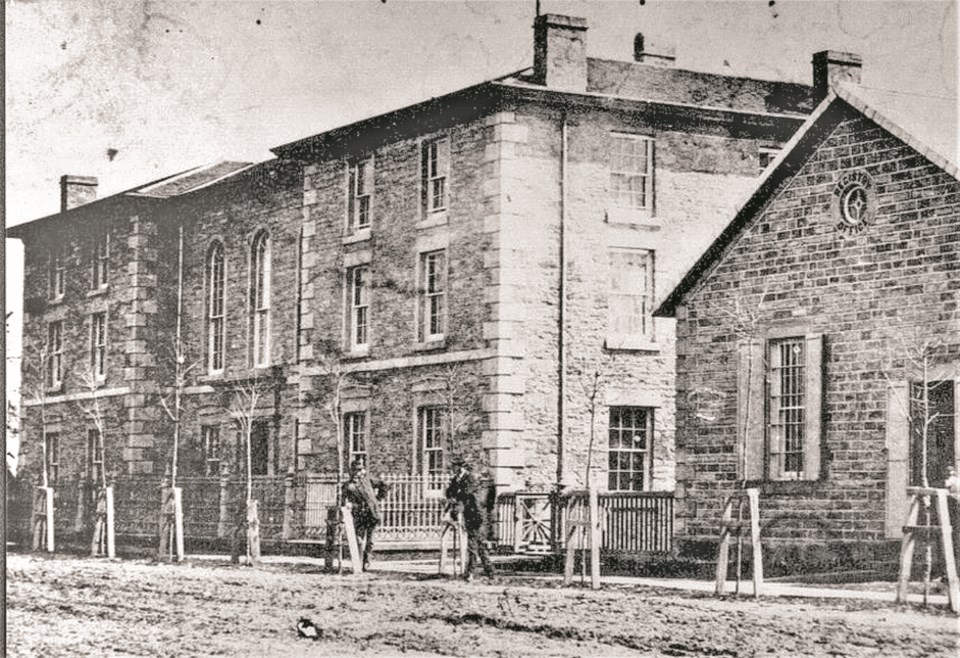Randy Evans
When the old Sarnia Jail was built in the 1850s its designers provided for 40 cells, with eight designated for women inmates.
Apparently, they assumed men were 80% more likely to require incarceration.
Because it was a Victorian-era jail the female cells were segregated from the rest, and it’s highly unlikely any area was set aside for prisoner conjugal rights.
The docket in March of 1864 for the Lambton County Court’s quarterly hearing contained 28 criminal cases. Six of the accused were women, charged with offences that included using indecent language, assault, drunkenness, and, notably, breaching the Sabbath.
In 1878, the year-end totals show 17 women among the 591 inmates housed at Sarnia jail that year. Interestingly, 504 of the residents were unmarried and 434 were “intemperate,” which suggests it was a tough year for bachelors who imbibed.
Following the New Year’s Eve festivities of 1883, six men and three women found themselves sleeping it off behind bars. According to The Observer, after the jailbirds sobered up they were “regaled with extra rations as a special [holiday] treat.”
BOOTLEGGING
In June of 1928, Sarnia Police descended on the home of one Jennie Smith at 221½ Christina St. North.
Police said four men were present, and they doubted it was because of the personal charms of Mrs. Smith. Officers found 113 bottles of lager and a $5 bill sitting on the house table.
Further investigation revealed that over the previous five weeks Jennie Smith had bought no less than 600 pints of beer. In court, she claimed it was for her own personal use and denied selling liquor without a licence. The Magistrate didn’t buy it, and sentenced her to two months in jail.
CROSS BORDER SHOPPING
In December of 1898, a Sarnia women and her 14-year-old child were arrested for theft in Port Huron. The Sherriff’s officers dealt with a “copious shedding of tears” while recovering a pair of rubbers, shoes, two dolls, a pocket book, and two watches, The Observer reported.
FREE TRADERS
A decade later, on this side of the border, a customer described as a “stylishly dressed young woman of a pronounced blonde type” visited a laundry at the corner of George and Vidal Streets. The proprietor, after dealing with another customer, turned back to the woman to find she had disappeared, along with his $50 diamond ring. Reportedly, she made a successful escape back home to Detroit.
YANKEE SALOONS
Thirsty Sarnians have long enjoyed visiting Port Huron’s refreshment houses.
In January of 1888, a fellow named Owen Devlin crossed the St. Clair River to imbibe at Welch’s Tavern, where he “grossly insulted the proprietress Ettie Welsh and 2 other females present.”
Devlin was hauled off to jail, but not until he’d been given a “thrashing” with “pokers and broomsticks.”
Good manners are always recommended when visiting Port Huron.
Randy Evans is a retired Assistant Crown Attorney in Sarnia and a regular contributor to The Journal
